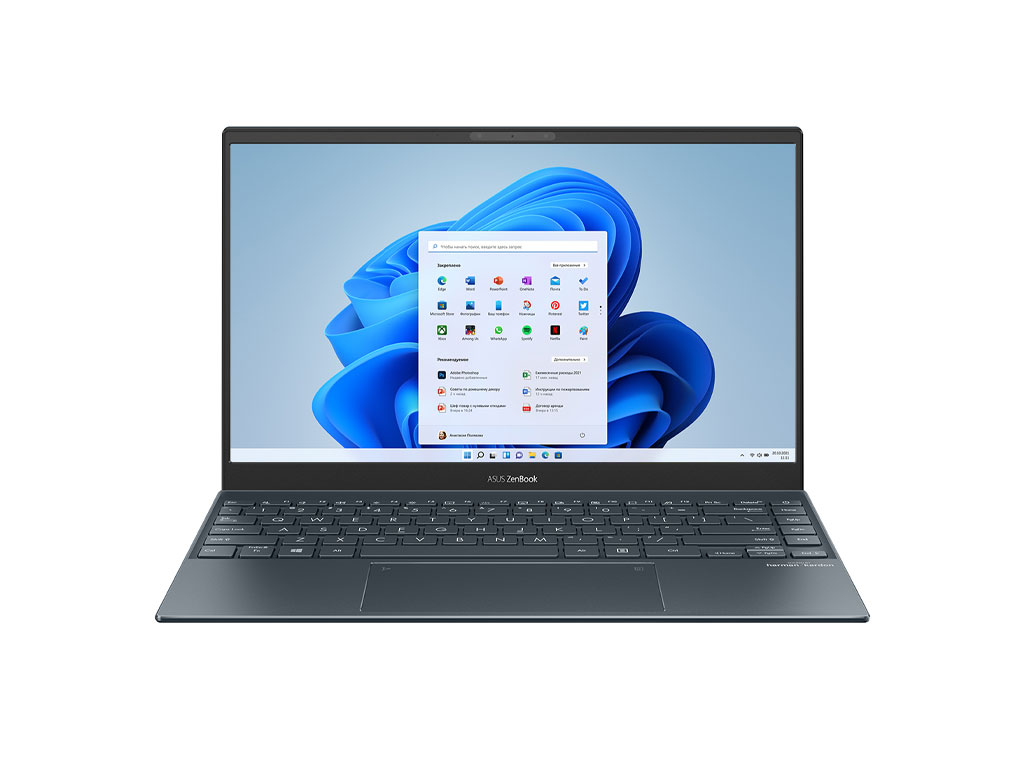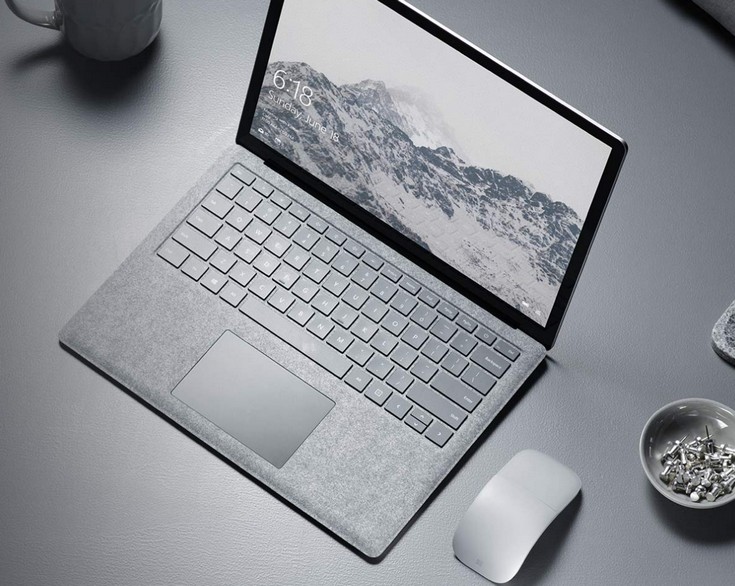
In the realm of contemporary portable computing systems, there exists a dynamic and versatile class of devices that seamlessly integrate productivity, entertainment, and connectivity into a single, compact package. These devices serve as indispensable companions in both professional environments and personal pursuits, offering a convergence of computational power and ergonomic design.
Enhanced Mobility and Efficiency
Designed for mobility and efficiency, these portable systems embody the pinnacle of technological innovation, enabling users to effortlessly navigate a spectrum of tasks from intricate data analysis to immersive multimedia experiences. Their streamlined interfaces and robust processing capabilities empower users to engage with a diverse array of applications, fostering creativity and productivity on the go.
Choosing the Right Windows Laptop
In the quest for the ideal portable computing device running on the ubiquitous operating system from Microsoft, the selection process can be both exhilarating and daunting. A myriad of factors come into play, ranging from performance benchmarks to ergonomic considerations and beyond.
Performance is paramount in the digital age, where swift processing speeds and seamless multitasking capabilities can elevate productivity to new heights. Look for processors renowned for their efficiency and robustness, ensuring that demanding tasks are handled with finesse.
Portability remains a defining attribute, with featherweight designs and slim profiles enabling mobility without compromising on power. The balance between sleek form factors and enduring battery life becomes crucial, aligning with the dynamic needs of modern professionals.
Display quality sets the stage for visual immersion, where vibrant colors and crisp resolutions transform viewing experiences into vivid tapestries of detail. Consider display technologies that cater to your visual preferences, whether for creative endeavors or immersive entertainment.
Connectivity forms the backbone of seamless interaction, encompassing a spectrum of ports and wireless capabilities that ensure effortless integration with peripherals and networks. Versatile connectivity options pave the way for collaborative endeavors and streamlined data transfer.
Build quality underscores durability and reliability, safeguarding your investment against the rigors of daily use. Materials that strike a balance between resilience and aesthetics contribute to a device that exudes both sophistication and longevity.
Key Features to Consider

When selecting a portable computer, it’s essential to evaluate several critical aspects that will determine its overall suitability for your needs. This guide aims to highlight the primary factors to keep in mind, ensuring you make an informed decision tailored to your specific requirements.
Performance: The processing power and speed of the device are pivotal. Look into the type of processor, the number of cores, and the clock speed. High-performance processors will enable smoother multitasking and better handling of demanding applications.
Memory and Storage: Adequate RAM and storage capacity are crucial for efficient operation. Consider the size of the RAM for multitasking and the type of storage (SSD or HDD) for faster data access and overall system responsiveness. More storage allows for greater file and program accommodation.
Display Quality: The screen’s resolution, size, and type (such as IPS or OLED) significantly impact the visual experience. Higher resolution provides sharper images, while larger screens enhance productivity and entertainment. Look for features like color accuracy and brightness as well.
Battery Life: Long-lasting battery life ensures that your device remains operational without frequent recharging. Evaluate the estimated battery duration under different usage scenarios to ensure it meets your mobility needs.
Build and Design: The construction and aesthetic design are vital for durability and portability. Consider the materials used, weight, and thickness. A well-built device will withstand daily wear and tear, while a sleek design adds to the appeal and convenience.
Connectivity: Ample and diverse connectivity options, such as USB ports, HDMI, and wireless capabilities, enhance the versatility of your device. Ensure it supports the peripherals and external devices you intend to use.
Additional Features: Extra functionalities like a backlit keyboard, fingerprint scanner, or facial recognition can add to the convenience and security of your device. These features, while not essential, can significantly enhance your user experience.
By considering these key aspects, you can ensure that the portable computer you choose aligns perfectly with your personal and professional demands, providing a reliable and efficient tool for everyday use.
Processor and RAM
The efficiency and speed of any computing device heavily rely on its core components: the central processing unit (CPU) and the system memory (RAM). These elements work in tandem to ensure that tasks are executed smoothly and efficiently, making them crucial for both everyday use and demanding applications.
The CPU, often referred to as the brain of the system, handles all instructions it receives from hardware and software running on the device. Its performance is determined by several factors, including the number of cores, clock speed, and architecture. Meanwhile, RAM acts as a temporary storage area that the CPU can access quickly to retrieve the data it needs. The amount and speed of RAM can significantly impact overall performance, especially when multitasking or running memory-intensive applications.
Understanding the interplay between these components can help users make informed decisions about upgrades and optimize their system for specific needs. Below is a comparison of different CPU and RAM specifications to illustrate their impact on performance:
| CPU Model | Cores/Threads | Base Clock Speed | Max Clock Speed | RAM Capacity | RAM Speed |
|---|---|---|---|---|---|
| Intel Core i5-10400F | 6/12 | 2.9 GHz | 4.3 GHz | 16 GB | 2666 MHz |
| AMD Ryzen 7 3700X | 8/16 | 3.6 GHz | 4.4 GHz | 32 GB | 3200 MHz |
| Apple M1 | 8/8 | 3.2 GHz | 3.2 GHz | 8 GB | 3733 MHz |
| Intel Core i9-11900K | 8/16 | 3.5 GHz | 5.3 GHz | 32 GB | 3600 MHz |
This table highlights how different CPUs and RAM configurations can influence a device’s capabilities. More cores and higher clock speeds generally lead to better multitasking and faster processing times, while greater RAM capacity and speed allow for smoother operation when handling multiple applications or large datasets.
Storage Options
Choosing the right storage solution is crucial for ensuring efficient data management and system performance. Various types of storage devices offer different benefits, depending on your needs for speed, capacity, and reliability. Understanding these options can help you make an informed decision that best suits your requirements.
Here are some common types of storage devices available:
- Solid State Drives (SSDs): Known for their speed and reliability, SSDs use flash memory to store data, providing faster read and write speeds compared to traditional methods. They are also more resistant to physical shock and have no moving parts, which enhances their durability.
- Hard Disk Drives (HDDs): HDDs offer larger storage capacities at a lower cost. They use magnetic storage to read and write data, making them a cost-effective option for storing large amounts of information. However, they are slower and more susceptible to physical damage due to their moving parts.
- Hybrid Drives (SSHDs): Combining the best of both SSDs and HDDs, SSHDs use a small amount of solid-state storage to improve speed while maintaining the larger capacity of traditional hard drives. This hybrid approach offers a balanced solution for those who need both speed and ample storage space.
When selecting a storage device, consider factors such as:
- Performance Needs: If you require fast boot times and quick access to applications, an SSD might be the best choice.
- Storage Capacity: For users who need to store large files, such as videos and high-resolution images, an HDD or SSHD may be more appropriate.
- Budget: SSDs are generally more expensive per gigabyte compared to HDDs. Balancing cost and performance is essential when making your decision.
- Durability: For environments where physical shocks are a concern, SSDs provide a more robust solution due to their lack of moving parts.
By evaluating these considerations, you can select the storage option that aligns with your specific needs and enhances your overall computing experience.